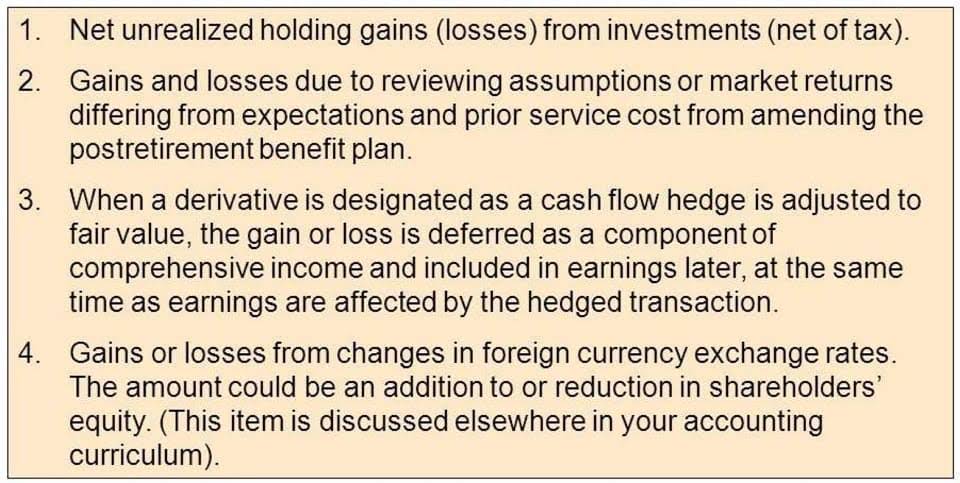
In this case, 70 units of closing stock will value according to the rate of new purchases. Double Entry Bookkeeping is here to provide you with free online information to help you learn and understand bookkeeping and introductory accounting. It is important to realize that the LIFO reserve is sometimes referred to as excess of FIFO over LIFO cost, LIFO allowance, or revaluation to LIFO. We endeavor to ensure that the information on this site is current and accurate but you should confirm any information with the product or service provider and read the information they can provide. Accounting professionals have discouraged the use of the word “reserve,” encouraging accountants to use other terms like “revaluation to LIFO,” “excess of FIFO over LIFO cost,” or “LIFO allowance.”
- LIFO is more popular among businesses with large inventories so that they can reap the benefits of higher cash flows and lower taxes when prices are rising.
- For accounting purposes, it appears that Company X has the older, earlier purchased product in inventory and not the newer, more expensive product.
- LIFO reserve enables the stakeholders to compare the performance of any business without getting confused about inventory methods.
- In other words, the LIFO reserve is critical because it ultimately offers the most accurate and most complete picture of a company’s inventory, sales, revenue, and profits.
- 470 units are first sold from purchases of 500; hence, the closing stock is 30 units from new purchases and 40 units from opening stock.
- However, the book industry has been going through a hard time recently with an increase in customers switching to digital readers, meaning less demand.
This would result in a P&L for the current year of $3.00 – the difference between the cumulative LIFO benefits of this and the previous year. But there are certain ratios like inventory https://www.bookstime.com/ turnover ratios, inventory cycles, etc., that can only be compared if the same inventory method is used. The most commonly compared and used methods are LIFO and FIFO methods.
When to Use LIFO
LIFO, or Last-In, First-Out, is one of the methods used for valuing inventory. Under this method, the most recently acquired inventory is considered the first to be sold or used. In contrast, FIFO (First-In, First-Out) assumes that the oldest inventory is sold first. LIFO is often chosen for various reasons, including tax advantages, especially during periods of rising prices. If the company reports inventory with the LIFO method, the COGS will be higher, and the gross profit will be low. In this way, the company will have to pay low taxes than what they would have to pay by using the FIFO method.
LIFO reserve allows companies to estimate the gap between the FIFO and LIFO inventory valuation methods. It is critical when companies use different approaches to evaluating inventory internally and externally. In accounting, LIFO reserve refers to the contra account that includes the balance for that difference.
Understanding the LIFO Reserve
LIFO reserve is a highly crucial topic for companies and the users of financial statements. It helps quantify the difference between the LIFO and FIFO valuation methods. Since these methods impact various areas, LIFO reserve can be critical to the financial statements overall. On the other hand, it evaluates inventory based on stock purchased earlier. Companies must bridge the gap between both accounts when reporting the value of those goods in the financial statements. A higher LIFO Reserve generally indicates rising inventory costs, as LIFO method will have lower inventory costs compared to FIFO when costs are increasing.
It can help explain the variance between the cost of goods sold and inventory value under both approaches. Companies can use multiple inventory valuation methods to estimate the value of their goods. However, accounting standards only allow specific valuation methods when reporting inventory in the financial statements. On the other hand, companies may use another inventory valuation method internally. There are two main inventory valuation methods in accordance with generally accepted accounting principles (GAAP), LIFO and FIFO.
Perpetual FIFO vs. Periodic FIFO
Through a review of their internal price experience, a company can identify the LIFO methods most suitable for their financial and tax reporting needs. There are a wide variety of internal LIFO methods that are available. The scope of the LIFO election and the precise methodology for calculating the LIFO index should be what is lifo reserve determined based on what works best for the client. The primary criterion for identifying a method should be to align with the applicable Treasury regulations. From this example, we can see a big difference between the two types of inventory methods. The company will record this difference as a contra-inventory account.
